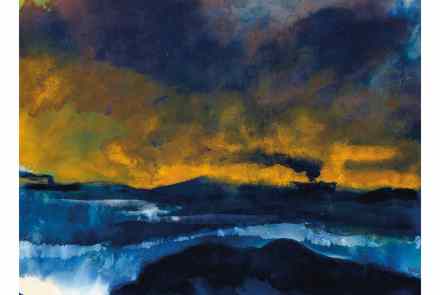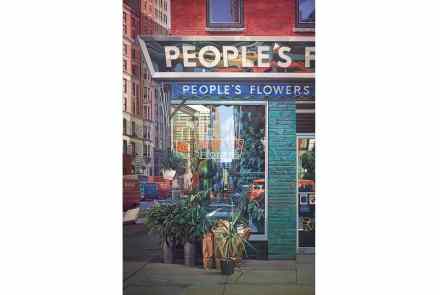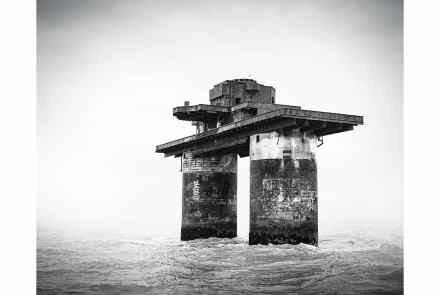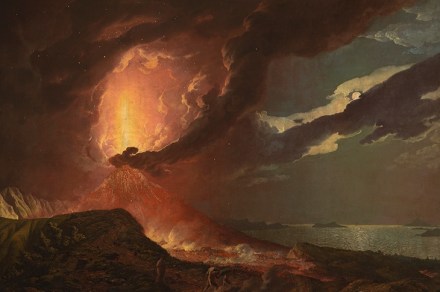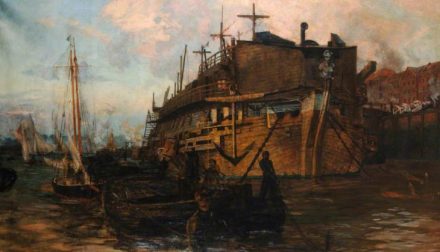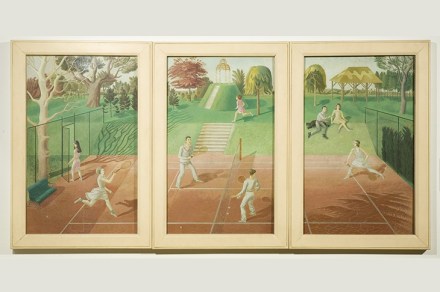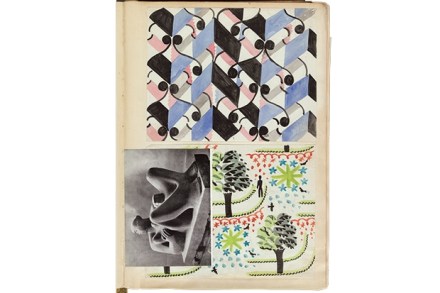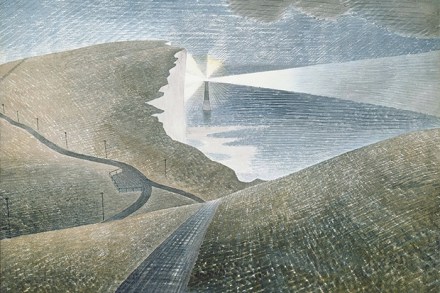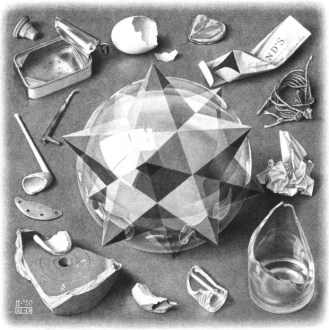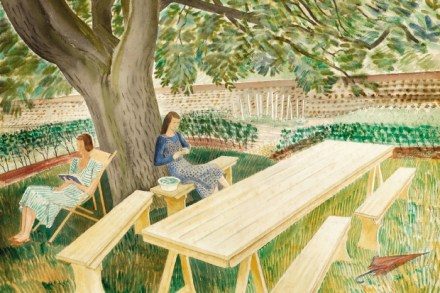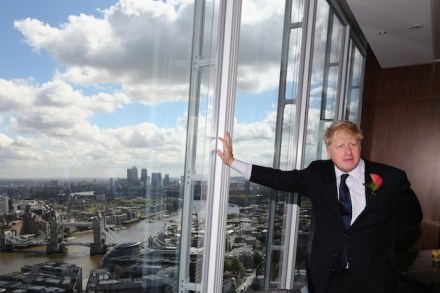Nobody paints the sea like Emil Nolde
In April, ten years after opening its gallery on the beach in Hastings, the Jerwood Foundation gifted the building to the local borough council. Thrown in at the deep end without a permanent collection, Hastings Contemporary, as it is now known, has to sink or swim on the strength of its exhibition programme. How to please local audiences while attracting outsiders? For a seaside gallery, nautical themes are an obvious answer: this summer’s offering is Seafaring, a dip into two centuries of maritime art from Théodore Géricault to Cecily Brown. What’s the worst that can happen? Shipwreck. The show opens with three recent canvases by Brown inspired by romantic paintings
